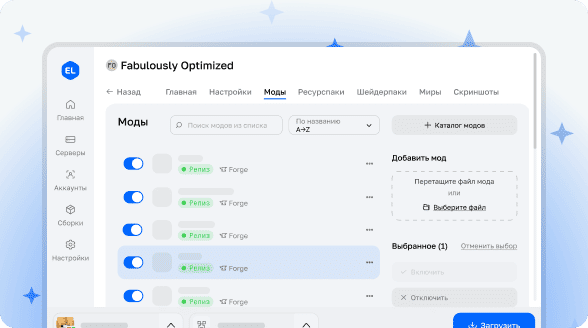
NoisyPatterns
Expand Generation Possibilities in Minecraft with Advanced Noise Patterns
This powerful tool significantly expands the functionality of FastAsyncWorldEdit by providing a set of new patterns for creative building. Use them in various commands including //set, as well as in all other operations where pattern application is permitted.

The foundation of functionality is based on the advanced jlibnoise library, offering various modules for creating custom noise functions. While some of them are already implemented in WorldEdit (in expressions) and FastAsyncWorldEdit (for example, the #perlin pattern), this extension opens completely new possibilities, allowing free combination of modules according to your preferences!
Application Features
Capabilities are demonstrated using the //set command as an example, but they work equally effectively with other commands and drawing tools.
The main structure of a noise pattern follows the format: #noise[. A basic command example: //set #noise[voronoi][black_wool,white_wool]
With additional scaling applied, for example through the command //set #noise[voronoi][black_wool,white_wool][2], you get a completely different visual result:

Advanced Module Configuration
Each module supports detailed parameter configuration. Specific parameters are available in the libnoise documentation. For example, the Voronoi module includes the function EnableDistance, which can be used in NoisyPatterns as follows: voronoi[enableDistance=true].
The full version of a command might look like //set #noise[voronoi[enableDistance=true]][##wool][8] and produce impressive results:

Some modules can accept other modules as input data. In such cases, inner modules are numbered from 0 to (n-1), where n is the number of expected modules. For example, blend takes three modules for noise generation, so you need to specify modules 0, 1, and 2.
Command example: //set #noise[blend[0=voronoi[enableDistance=true],1=checkerboard,2=perlin]][##wool][8]

